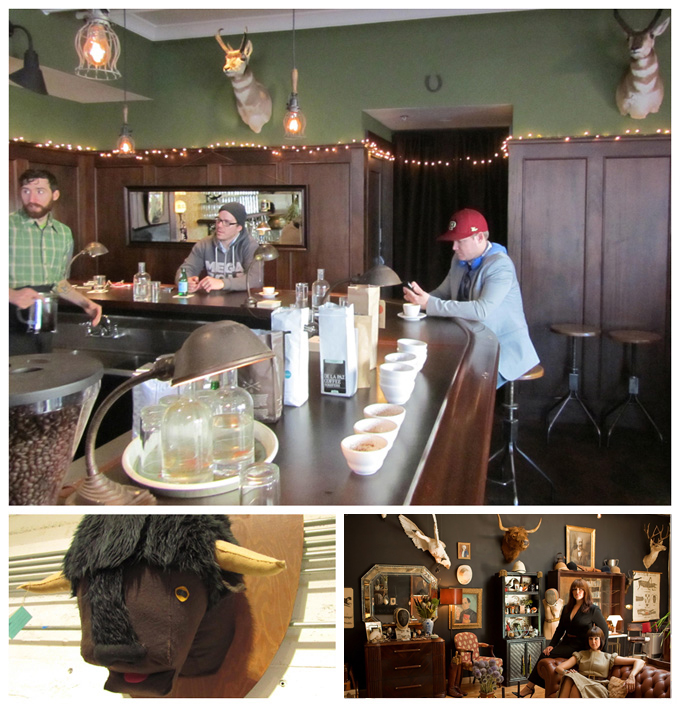Featured Indicators
 Artisanal food
Let’s just get this out of the way right now: the word ‘artisanal’ (and its oft-bastardized co...
Artisanal food
Let’s just get this out of the way right now: the word ‘artisanal’ (and its oft-bastardized co...
 Gen Y farmers
A founding father once wrote, “I am a warrior, so my son may be a farmer, so his son may be a busi...
Gen Y farmers
A founding father once wrote, “I am a warrior, so my son may be a farmer, so his son may be a busi...
Cultural Indicator
Taxidermy

You walk into a dark bar, and guys with big beards and worn plaid flannel shirts are drinking lowbrow ‘70s beers while talking about their last hunting trip. Several enormous moose heads stare glassily at you as splintered floorboards creak underfoot.
Quiz time! You are probably in:
a) Some random backwoods town that time forgot
b) Portland
c) Brooklyn
d) All of the above
The answer is, of course, d). But how did this happen? And what’s going on? Taxidermy, hunting, and related indicators such as a resurgence in camping, hiking, and other outdoorsy pursuits, are being adopted and fetishized by urban hipsters at an alarming rate. While these sorts of activities would’ve been dismissed as blue-collar and déclassé by cultural innovators until quite recently, they are now becoming part of a contemporary urban vernacular, alongside the revival of artisanal food-making and other homespun skills.
There is perhaps no more potent symbol of our primal heritage than the stuffed beast as trophy. Throughout most of our evolutionary heritage, we have been part of nature red in tooth and claw, part of an eat-or-be-eaten world where hunting was essential to basic human survival. We take our food security for granted nowadays as we stare at the bloody bounty behind the glass case of our hipster butcher, or at the dizzying array of fast food minarets rising up from the landscape of anywhere, USA. But it wasn’t always so easy. And we carry our evolutionary history around inside our minds and bodies, even when our food obsessions turn to eating less, not more.
The art of taxidermy has been around ever since people have wanted, unironically, to show off their hunting prowess. The mounted animal head as décor has been a mainstay of hunting lodges and trailer parks for quite some time. But what’s happening now is new — not only are bona fide animal heads showing up on the walls of edgy bars and boutiques, but the animal head is being subverted into high design — artists are creating moose heads out of ceramic, cardboard, and wood, and selling them for hundreds of dollars at the sorts of high designy shops that blue-collar folks (who never stopped hanging stuffed animals on their walls) would never go near. It’s a bit like vegetarians breaking down and eating hamburgers guiltily — it’s hard to keep our deepest yearnings squelched for too long.
In a delightful merging of two indicators, we also see a revival of the popular Victorian pastime of anthropomorphic taxidermy among the very hip and crafty. People are coming together in edgy urban areas to gather around dead mice and teach each other how to create miniature scenes of lifelike frolicking, accoutered in little clothing and accessories. And the next indicator? Watch for ultra-hip people wearing clothes they’ve made themselves out of animals they’ve killed themselves. And don’t say we didn’t warn you.
© egg, 2012. Excerpt from upcoming book by Hilary Bromberg, The Birth of Neonaturism.